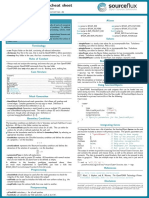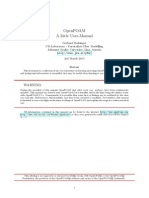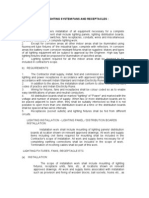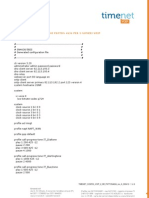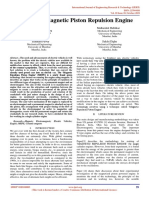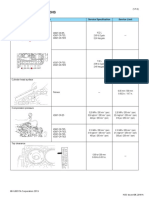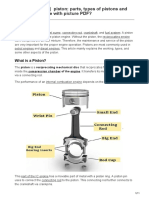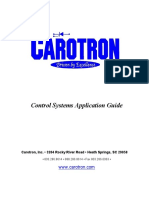0% found this document useful (0 votes)
76 views9 pagesOpen - FOAM - V6 - User - Guide - Running - Applications - Parallel
The OpenFOAM v6 User Guide section 3.4 explains how to run applications in parallel using domain decomposition across distributed processors. It details the decomposition of mesh and field data, the various methods available for decomposition, and the file input/output processes in parallel. Additionally, it covers running decomposed cases, distributing data across disks, and post-processing options for parallel processed cases.
Uploaded by
BEHNAM FALLAHCopyright
© © All Rights Reserved
We take content rights seriously. If you suspect this is your content, claim it here.
Available Formats
Download as PDF, TXT or read online on Scribd
0% found this document useful (0 votes)
76 views9 pagesOpen - FOAM - V6 - User - Guide - Running - Applications - Parallel
The OpenFOAM v6 User Guide section 3.4 explains how to run applications in parallel using domain decomposition across distributed processors. It details the decomposition of mesh and field data, the various methods available for decomposition, and the file input/output processes in parallel. Additionally, it covers running decomposed cases, distributing data across disks, and post-processing options for parallel processed cases.
Uploaded by
BEHNAM FALLAHCopyright
© © All Rights Reserved
We take content rights seriously. If you suspect this is your content, claim it here.
Available Formats
Download as PDF, TXT or read online on Scribd
/ 9










